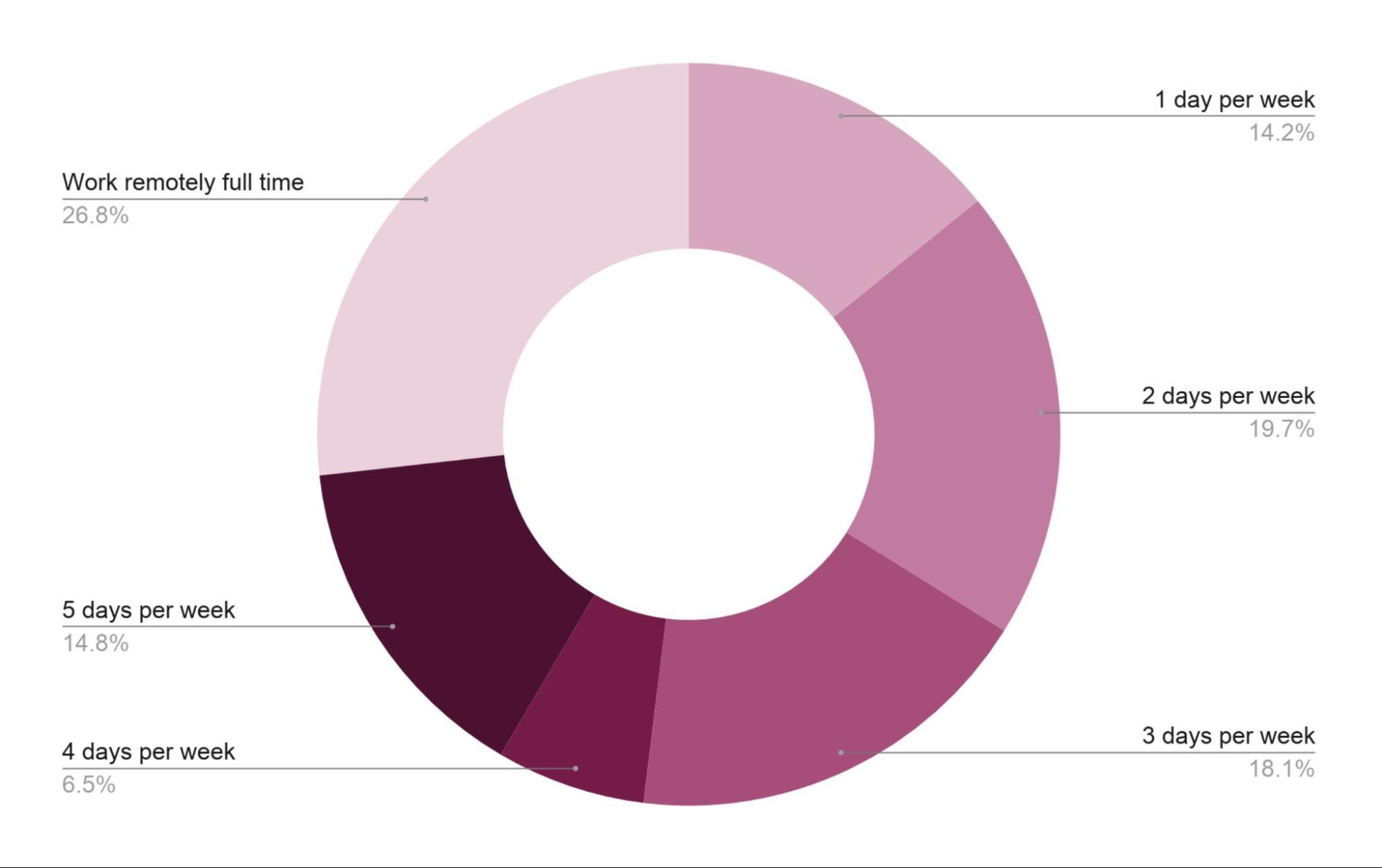Zoom and Microsoft Teams were the big software winners in pandemic
Our survey says: Teams and Zoom were the most-used collaboration tools

Zoom and Microsoft Teams were the most popular collaboration tools used during the 2020-21 lockdown, a survey undertaken by TechRadar Pro and SmartBrief has found.
In a survey of over 1,200 US-based professionals, 75% of respondents said they had used Teams, with more than 80% saying they had video-called with Zoom.
Other apps that saw heavy usage included video conferencing tool Cisco Webex (39%), cloud storage from Dropbox (30%), and the soon-to-be-discontinued Skype, which 30% of respondents used to talk to colleagues, partners, and customers.
- Microsoft Teams vs Zoom: Which video conferencing and collaboration service is best?
- COVID-19: a defining moment for businesses’ data usage
- Here's our guide to the best VoIP services around
Google under-performs?
However, Google’s cloud and collaboration tools didn’t fare quite so well, with 28% of respondents saying they had shared or stored files with Google Drive, 22% using Google Meet, and only 11% messaging with Chat.
Microsoft Teams messaging features also appear to have beaten other popular instant messaging tools, with only 12% or respondents reporting that they used Slack.
Top 10 most-used software applications during lockdown
| Application | Category | Percentage using |
|---|---|---|
| Zoom | Video conferencing | 80.30% |
| Microsoft Teams | Multi-function collaboration | 75.30% |
| Cisco Webex | Video conferencing | 38.70% |
| Dropbox | Cloud storage | 30.40% |
| Skype | Video conferencing | 29.80% |
| Google Drive | Cloud storage | 28.40% |
| Google Meet | Video conferencing | 21.50% |
| Slack | Instant messaging, video conferencing | 11.70% |
| Google Chat | Instant messaging | 11.10% |
| TeamViewer | Remote desktop | 8.20% |
Source: Future / SmartBrief
Video-conferencing fatigue

SmartBrief is the leading digital media publisher of targeted business news and information by industry. If you enjoyed this article, sign up for SmartBrief on Leadership for more insights like this delivered to your inbox daily, SmartBrief publishes more than 200 industry-focused newsletters.
Interestingly, 42% of respondents reported suffering from video conferencing drain (or as it is more commonly referred to, ‘Zoom fatigue’), which is often brought on by technical issues, performance pressure, and ‘gaze awareness’, where a lack of eye contact – as a result of the position of the webcam in relation to the screen – can result in feeling like you’re not being listened to and cause frustration with colleagues.
Are you a pro? Subscribe to our newsletter
Sign up to the TechRadar Pro newsletter to get all the top news, opinion, features and guidance your business needs to succeed!
In terms of behavior, 90% of respondents said they had worked from home during the pandemic, with 80% reporting that they are still working from home, with a return to the office - in some form - imminent.
However, many were keen to work from home on a regular basis, with two-thirds (66%) saying they would like to work remotely at least two days a week.
Q. If you had a choice, how many days a week would you prefer to go into the office?

As we come out of lockdown, it’s clear that these tools, and the collaboration they afford, will likely become ever-more common in our working lives and issues, such as Zoom fatigue, will need to be solved to get the most out of them.
If you enjoyed this article, sign up for SmartBrief’s free email on leadership, among SmartBrief's more than 200 industry-focused newsletters.
Read more about the results of this survey:
Nick Jones is a Content Director with over 20 years of experience writing about consumer and B2B technology and software, in both a content and marketing capacity. He has worked with myriad publications in that time and with many leading financial, technology, medical, and entertainment providers, including Cisco, Pfizer, and Virgin Media.
